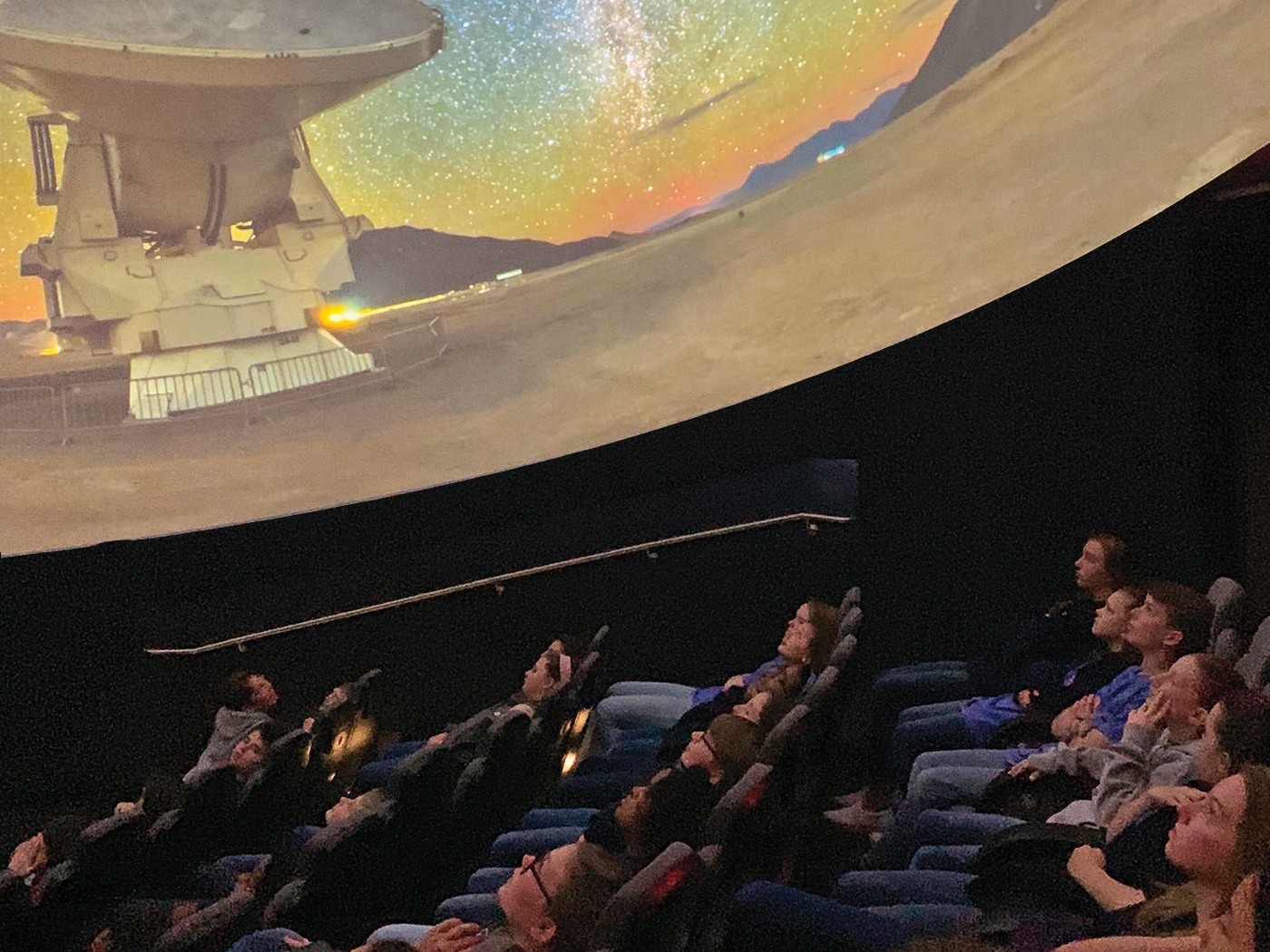How do you know when something has been engineered? One way to tell is to study the words used to describe its characteristic features. The Mt. Rushmore rock faces have different characteristics from the surrounding uncarved rock that don’t resemble portraits of American Presidents.
Good scientific theories should be able to make predictions—including ones intended to explain biological phenomena. ICR previously discussed the expected characteristics describing biological adaptation to changing conditions if Darwinian evolution were contrasted with an engineered adaptive mechanism.1 Darwin’s theory of evolution by natural selection predicts a process of adaptation characterized as “undirected,” “trial-and-error,” and “gradual.” Engineered adaptability is expected to be characterized as “regulated,” “rapid,” and with responses so “targeted” to the changed condition that they would be “predictable.”
More evidence to support the theory of engineered adaptability came from a recent study reporting on a way mice adapt to dark conditions. The research findings published in eNeuro was made by Krystyna Solarana working under the guidance of Patrick O. Kanold of the University of Maryland.2
First, they connected sensory electrodes on the auditory region of the brain in two groups of mice. One group was exposed to a seven-day regimen of alternating 12 hours of daylight and 12 hours of darkness. The second group was subjected to dark exposure (DE) by being kept constantly in the dark during the same week. The demographics of each group consisted of males and females and both younger and older mice. Finally, at regular intervals throughout the week they exposed each group to 17 different auditory tones while measuring brain activity in the auditory cortex.
After only one week, the neurons in the auditory cortex for all DE mice had rewired themselves to enable heightened sensitivity to the various tones. Kanold’s team reported,
This was expected, but they also reported,
A press release by the University of Maryland coincided with the publication of the scientific results and more clearly explained another interesting observation that “Young brains wire themselves according to the sounds they hear frequently, allocating areas of the auditory cortex for specific frequencies based on what they are used to hearing.” Additionally,
The researchers did not identify the cause of the different sensitivities to tonal frequencies of younger and older mice.
Thus, in only one week, mice deprived of visual input consistently showed a type of compensatory response through the rewiring of neuronal connections in the auditory cortex. This innate physiological adaptive capability is still active in older mice, though expressed differently from younger mice.
The researchers didn’t assign characteristic labels to their findings. But if we are looking for evidence to help us determine if these mechanisms function according to engineering principles, then characterizing the results is quite useful.
Engineers design some common characteristics into adaptable systems, and we see these characteristics demonstrated in this research on mice. From an engineering perspective, we see back-up systems, resilience, and plasticity. The different tonal sensitivities of older mice indicate that the auditory adaptive system itself might be adaptive, implying a type of dynamic learning.4 We see evidence that data signals from sensors for light are processed internally. We also see indicators of an innate logic mechanism that goes something like this: if darkness, then rewire auditory cortex to compensate in a specific manner. In addition, we see the characteristics of designed adaptable systems that are regulated, rapid, and possess predictable and targeted responses.
The characteristics in these recent findings support the theory of biological design ICR has developed.5 This theory hypothesizes that biological functions will be accurately explained by models developed with engineering principles. Another hypothesis is that studying human engineering practices will accurately inform biological research predictions and will direct researchers to precise characterizations of phenomena.
The response of mice to dark exposure fits ICR’s engineering-based model of adaption called continuous environmental tracking (CET). This model expects organisms to track environmental changes using systems similar to human-tracking systems possessing sensors, logic mechanisms, and output resonses.6 Mice have photo-sensors in their eyes to detect light and innate logic mechanisms. Their re-wiring of auditory circuits qualifies as a targeted compensatory response.
One of ICR’s research efforts is to fundamentally change our approach to biology and understanding of biological phenomena. To do this, we use a theoretical framework that formulates research programs to examine biology in light of engineering principles from the molecular level to entire ecosystems.
Because it was designed by the Ultimate Engineer, biology is best understood by engineering principles.
References
1. Guliuzza, R. J. 2018. Engineered Adaptability: Adaptive Changes Are Purposeful, Not Random. Acts & Facts. 47 (6): 17-19; Guliuzza, R. J. 2018 Engineered Adaptability: Adaptive Solutions Are Targeted, Not Trial-and-Error. Acts & Facts. 47 (7): 17-19.
2. Solarana, K. et al. 2019. Temporary Visual Deprivation Causes Decorrelation of Spatiotemporal Population Responses in Adult Mouse Auditory Cortex. ENEURO 6(6).0269-19.2019.
3. Anonymous. 2019. A Week in the Dark Rewires Brain Cell Networks and Changes Hearing in Mice. Posted on cmns.umd.edu on December 4, 2019, accessed December 5, 2019.
4. Guliuzza, R. J. 2014. IBM’s Watson: Designed to Learn Like a Human. Posted on ICR.org on March 19, 2014, accessed December 10, 2019.
5. Guliuzza, R. J. 2019. Engineered Adaptability: Continuous Environmental Tracking Wrap-Up. Acts & Facts. 48 (8): 17-19.
6. Guliuzza, R. J. and P. B. Gaskill. 2018. Continuous environmental tracking: An engineering framework to understand adaptation and diversification. In Proceedings of the Eighth International Conference on Creationism, ed. J.H. Whitmore. Pittsburgh, Pennsylvania: Creation Science Fellowship, 158-184.
*Randy Guliuzza is ICR’s National Representative. He earned his M.D. from the University of Minnesota, his Master of Public Health from Harvard University, and served in the U.S. Air Force as 28th Bomb Wing Flight Surgeon and Chief of Aerospace Medicine. Dr. Guliuzza is also a registered Professional Engineer.
















